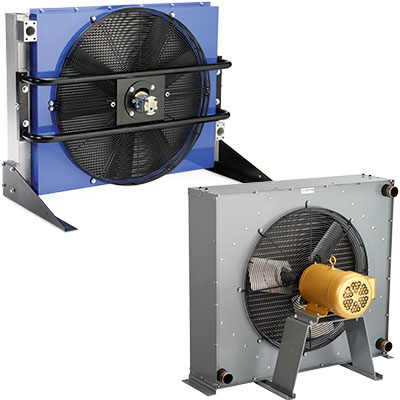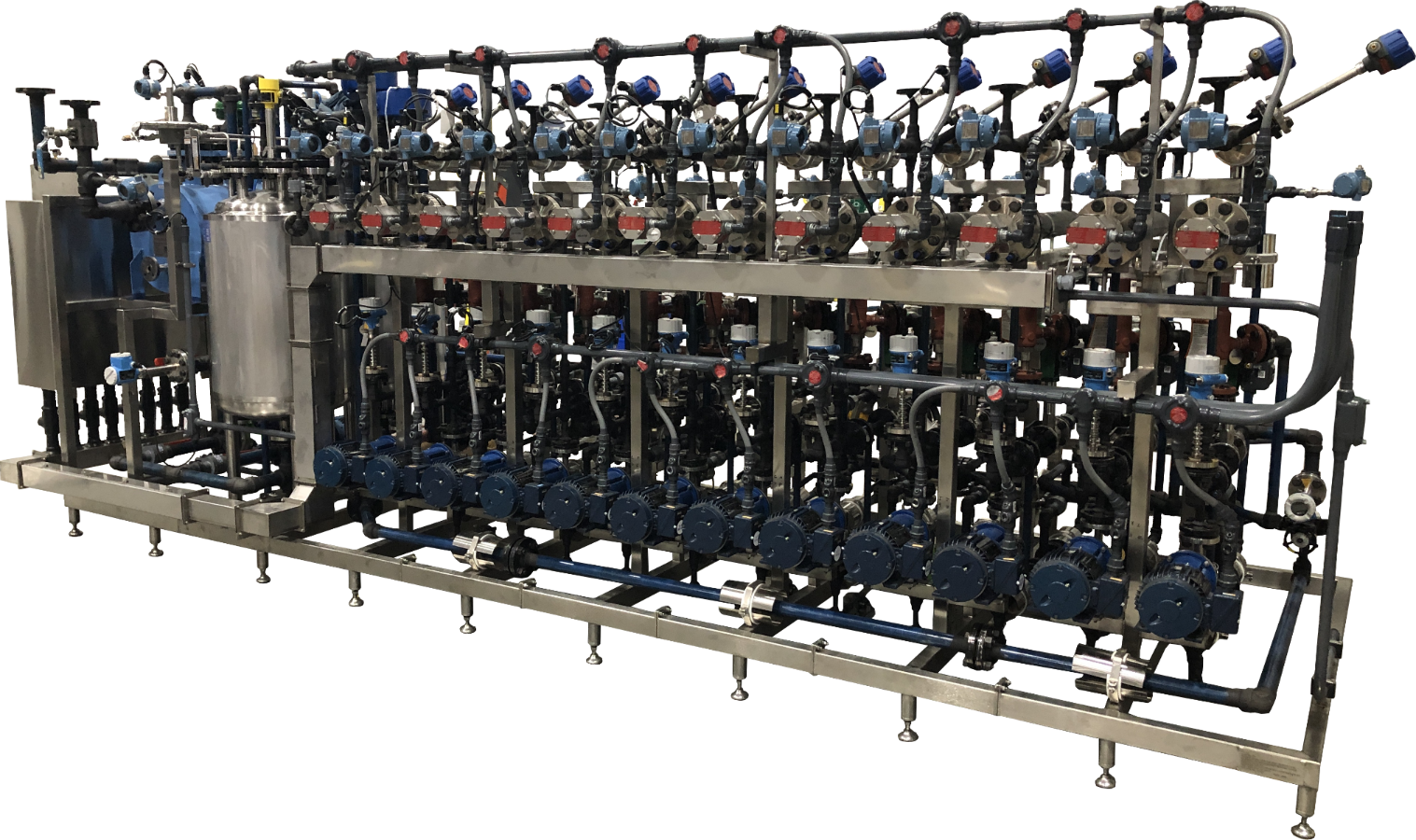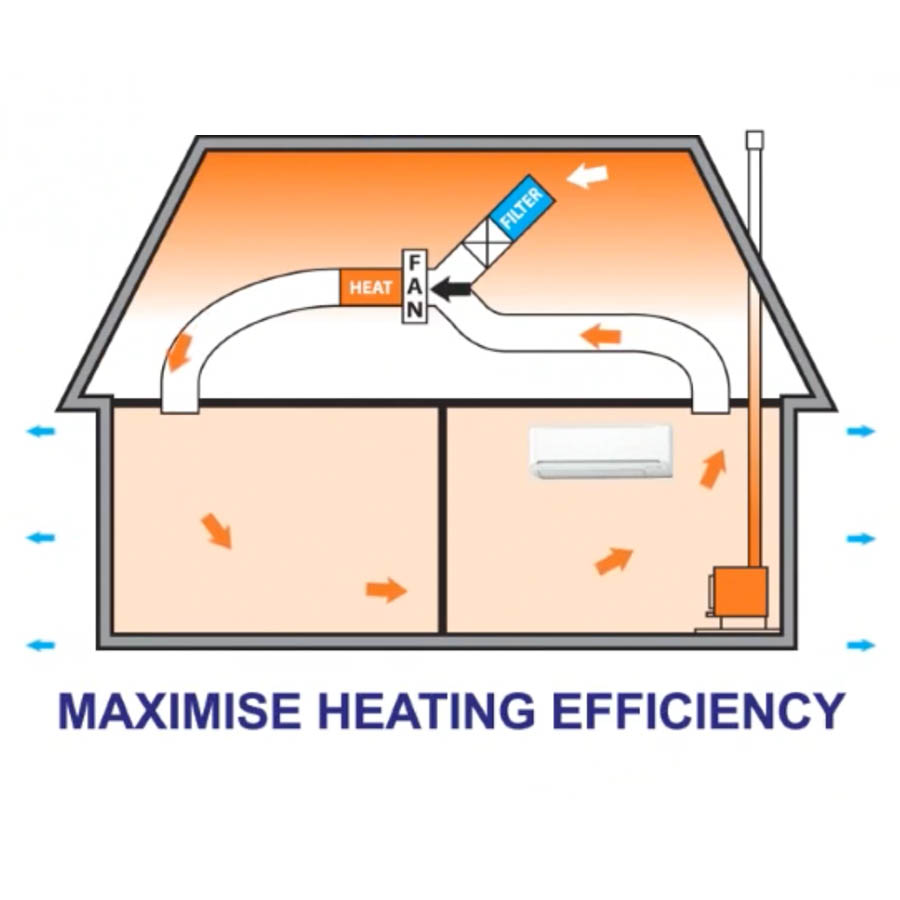5 Ways DVS Heat Transfer Systems Improve Energy Management in Automotive
Wiki Article
Innovations in Heat Transfer Solutions: What You Required to Know for Optimal Efficiency
Innovations in Heat transfer systems are changing efficiency across numerous industries. Advanced materials like graphene and nanofluids guarantee substantial renovations in thermal conductivity. The combination of IoT and device discovering uses possibilities for real-time monitoring and boosted energy efficiency. Nevertheless, the landscape of thermal management is swiftly developing (DVS Heat Transfer Systems). Recognizing these developments is vital for accomplishing suitable system efficiency and sustainability in the future. What certain advancements are forming this change?Emerging Products for Boosted Heat Transfer

Advanced Heat Exchanger Designs
While typical Heat exchangers have actually offered their objective in numerous applications, progressed designs are now emerging to meet the increasing needs for performance and performance. These innovative styles, such as plate, shell-and-tube, and finned-tube Heat exchangers, incorporate boosted surface area locations and boosted circulation patterns to boost thermal transfer rates. Additionally, portable styles enable minimized space requirements without endangering performance. Advanced products, such as composites and corrosion-resistant alloys, additionally improve resilience and efficiency under extreme conditions. Simulation modern technologies and computational fluid characteristics are increasingly employed to improve these styles, ensuring peak Heat transfer attributes. As industries seek to minimize energy consumption and take full advantage of output, the fostering of advanced Heat exchanger designs is crucial in attaining these objectives.The Role of Nanotechnology in Heat Transfer
Nanotechnology plays an important role in enhancing thermal conductivity within Heat transfer systems. By adjusting products at the nanoscale, researchers have attained substantial renovations in power efficiency. These developments not only maximize performance but also add to more sustainable power services.Improved Thermal Conductivity
Significant improvements in thermal conductivity have actually arised via the application of nanotechnology, reinventing Heat transfer systems throughout various markets. By including nanoparticles right into Heat transfer fluids and products, scientists have achieved impressive rises in thermal conductivity. These nanoparticles, such as carbon nanotubes, graphene, and metal oxides, boost the Heat transfer homes because of their high surface location and unique thermal features. The resulting compounds display boosted efficiency in applications varying from electronic devices cooling down systems to renewable resource modern technologies. The capability to tailor the dimension, shape, and composition of nanoparticles allows for enhanced thermal management remedies. As an outcome, nanotechnology remains to play a critical role in the growth of extra efficient and reliable Heat transfer systems, leading the way for improved commercial applications.
Energy Effectiveness Improvements

Assimilation of IoT in Heat Transfer Solutions
The combination of IoT in Heat transfer systems introduces the execution of clever sensing units that enhance functional efficiency. These sensing units enable real-time information tracking, permitting for instant adjustments and optimizations. This technical innovation has the possible navigate to these guys to considerably improve performance and energy monitoring in Heat transfer applications.Smart Sensors Implementation
As Heat transfer systems develop, the integration of smart sensors with the Internet of Things (IoT) has become a transformative approach. These sensing units allow real-time surveillance of temperature level, pressure, and flow prices, enhancing system efficiency and integrity. By accumulating and sending data, they facilitate proactive maintenance, minimizing the threat of system failures. In addition, wise sensors add to power financial savings by refining operational specifications based upon environmental problems. Their ability to evaluate trends and abnormalities permits educated decision-making, making sure peak performance of Heat transfer systems. As markets increasingly adopt this modern technology, the execution of wise sensors stands to transform how Heat transfer systems are handled, paving the Learn More Here means for greater sustainability and enhanced performance end results.Real-Time Information Surveillance
How can real-time information keeping an eye on improve the efficiency of Heat transfer systems? By integrating Internet of Things (IoT) modern technology, Heat transfer systems can leverage continual information collection from wise sensors. This real-time surveillance enables prompt evaluation of temperature level, flow, and stress rates, allowing operators to recognize inadequacies immediately. Modifications can be made to optimize performance, decrease power usage, and extend tools life expectancy. Additionally, predictive maintenance can be applied, reducing unexpected downtime and expensive repair work. The capacity to envision efficiency metrics through control panels improves decision-making, promoting an aggressive technique to system administration. Eventually, real-time data keeping track of not just improves operational efficiency but additionally contributes to sustainability objectives within commercial processes.Energy Performance and Sustainability Trends
Energy efficiency and sustainability patterns are improving the landscape of Heat transfer systems, driving development and compliance across different industries. Organizations are progressively focusing on energy-efficient designs to lower operational costs and decrease environmental influences. The combination of renewable resource resources is becoming much more common, allowing Heat transfer systems to operate sustainably while satisfying regulative requirements. Additionally, developments in technologies and products advertise lower power intake and enhance overall performance. Lifecycle analyses are likewise getting traction, permitting business to evaluate the environmental effect of Heat transfer systems from manufacturing to disposal. This emphasis on sustainability not just supports company obligation yet also positions organizations competitively in a market where consumers progressively favor environment-friendly remedies. Consequently, power effectiveness and sustainability continue to be vital considerations for future developments in Heat transfer innovation.Developments in Thermal Administration Solutions
While the need for efficient Heat transfer remains to climb, innovations in thermal management remedies are arising to resolve both efficiency and sustainability difficulties. Advanced materials, such as phase adjustment products and nanofluids, are being established to enhance Heat transfer efficiency - DVS Heat Transfer Systems. These products improve thermal conductivity and permit for better temperature law in numerous applications. Furthermore, technologies like energetic thermal control systems are getting traction, allowing real-time adjustments to take care of Heat flow efficiently. These systems contribute to power financial savings and minimize the environmental effect of thermal procedures. Moreover, the combination of IoT in thermal management facilitates tracking and predictive maintenance, making certain maximized efficiency and longevity of Heat transfer systems. Generally, these developments stand for considerable strides toward more lasting look here thermal management techniquesFuture Instructions in Heat Transfer Technology
Emerging innovations in thermal administration remedies signal an appealing future for Heat transfer modern technology. Researchers are progressively concentrating on establishing products with exceptional thermal conductivity and improved power efficiency. Advancements such as nanofluids, which include suspended nanoparticles, provide significant renovations in Heat transfer efficiency. In addition, the assimilation of clever products that adjust to varying temperature level problems is getting grip, permitting more reliable and receptive systems. The rise of additive production methods is likewise making it possible for the style of complex Heat exchanger geometries that maximize fluid flow. The implementation of maker understanding formulas is prepared for to change the optimization of Heat transfer systems, promoting anticipating maintenance and efficiency improvement. Collectively, these improvements are positioned to transform the landscape of Heat transfer modern technologies in various sectors.
Often Asked Concerns

Just how Do I Select the Right Heat Transfer System for My Application?
Selecting the right Heat transfer system entails evaluating application demands, consisting of temperature level ranges, liquid residential or commercial properties, and effectiveness demands. Analyzing system types, maintenance considerations, and cost-effectiveness likewise plays an essential function in making a notified decision.What Are the Maintenance Demands for Advanced Heat Exchangers?
Upkeep needs for innovative Heat exchangers generally include routine evaluations, keeping track of for leaks, cleaning of surfaces, and assuring optimal flow prices. Abiding by supplier guidelines guarantees effective operation and lengthens the equipment's life expectancy.
Exactly How Do Ecological Elements Impact Heat Transfer Performance?
Environmental elements significantly affect Heat transfer efficiency. Variations in humidity, airflow, and temperature level influence thermal conductivity and convective Heat transfer, eventually affecting system performance and necessitating factor to consider during the design and operation of Heat transfer systems.What Safety Standards Put On Heat Transfer Systems?
Security requirements for Heat transfer systems usually consist of guidelines from companies such as ASME and ASTM. DVS Heat Transfer Systems. These criteria address materials, style, and operational techniques to ensure integrity, performance, and protection against risks in various applications
Just How Can I Fix Usual Heat Transfer System Issues?
Fixing typical Heat transfer system issues includes looking for leaks, guaranteeing appropriate liquid circulation, examining insulation honesty, and verifying temperature differentials. Determining these variables can help preserve system efficiency and avoid further complications.Nanotechnology plays a vital duty in enhancing thermal conductivity within Heat transfer systems. Substantial improvements in thermal conductivity have actually emerged via the application of nanotechnology, transforming Heat transfer systems throughout different markets. Developments in thermal conductivity via nanotechnology have paved the method for impressive renovations in energy efficiency within Heat transfer systems. Power effectiveness and sustainability fads are improving the landscape of Heat transfer systems, driving advancement and compliance throughout various markets. The combination of IoT in thermal administration facilitates surveillance and anticipating upkeep, ensuring maximized performance and long life of Heat transfer systems.
Report this wiki page